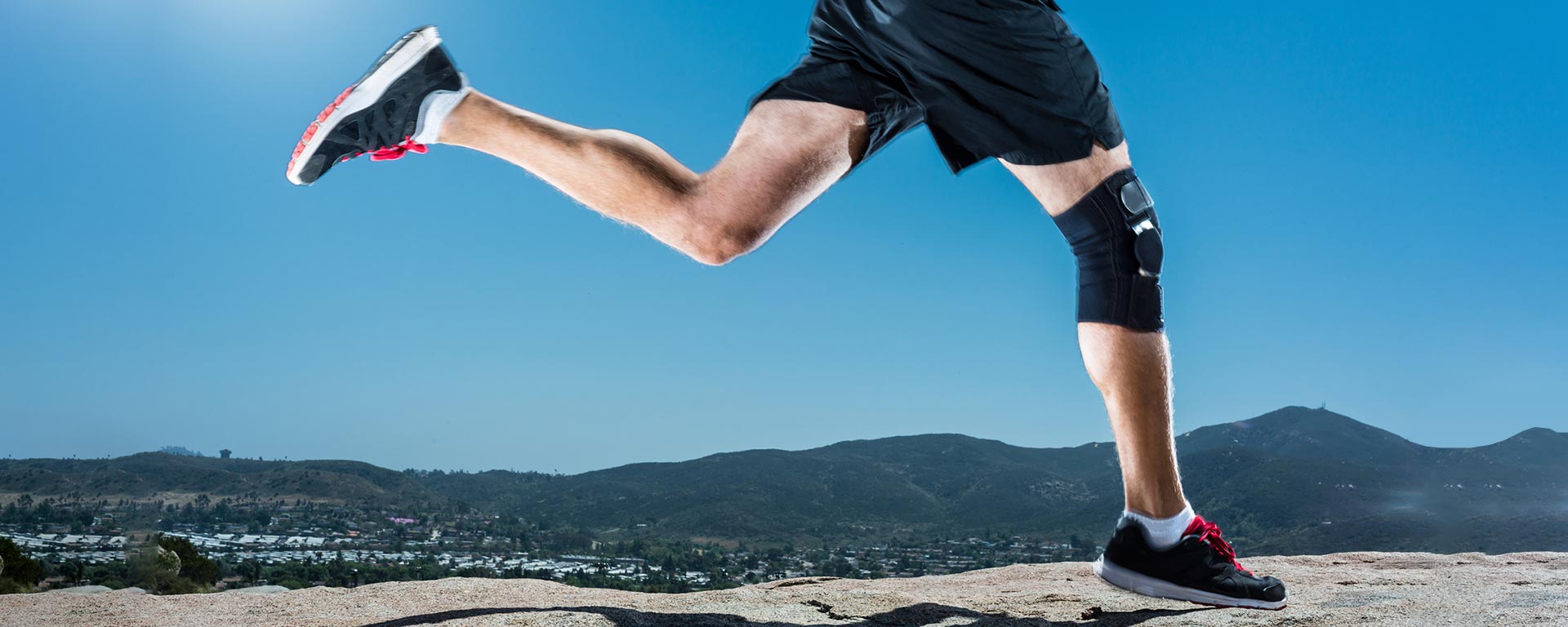Osteoarthritis is the most common form of arthritis, besting more than 100 other types. In fact, among the 700,000 people who require knee replacement surgeries in the U.S., a majority of those cases are due to knee osteoarthritis (KOA). There has been a remarkable rise in the prevalence of osteoarthritis, some of which is linked to a rise in obesity. Some cases of KOA have no symptoms which makes it more difficult to diagnose.
Approximately 10% of people over 55 years old suffer from painful and disabling knee osteoarthritis. The condition commonly affects older female adults more than males. In fact, 13% of women and 10% of men who are 60 years and older manifest symptoms of KOA.
The Nature of Knee Osteoarthritis
This progressive ‘wear and tear’ joint disease is caused by the degeneration or wearing away of your knee cartilage, a flexible and slippery connective tissue that cushions and protects the bones. The knee cartilage is also responsible for the smooth movement of your bones when you straighten or bend your knee as well as when you walk, run, or climb the stairs.
People with KOA have thinner cartilage to protect their bones so they end up rubbing against each other and causing knee pain. The pain can range from mild to debilitating, depending on the degree of damage to the cartilage. The thinning is usually gradual, however, it gets worse over time, especially without medical intervention. Over time, you may even need to wear a knee brace to assist with mobility, provide knee support, and alleviate pain.
Risk factors for KOA
- Age. The risk for KOA is higher for people over 45 years old. However, it can also occur in younger patients.
- Being overweight. Since your knee practically carries your body weight, obesity plays a big part in the development of KOA. The excess body weight puts extra stress on your knee joints, predisposing them to wear and tear injuries
- Previous trauma to the knee joint. Even if you incurred the injury years ago, it can still increase your risk of getting KOA.
- Repetitive joint stress. Movements like squatting or kneeling can add more stress on the knee joint.
- Pre-existing medical conditions. People who are already suffering from metabolic disorders, rheumatoid arthritis, or gout have higher chances of developing KOA.
Although the risk factors for KOA have been identified, the exact cause of the disease is still unknown.
Signs and Symptoms of KOA
- Pain that worsens with activity (though rest may provide some relief)
- Tenderness
- Swelling
- Warmth
- Stiffness (which usually happens early morning after waking up or during sudden standing after long periods of sitting)
- Limited range of motion, making it increasingly difficult to do simple activities like getting up or down the stairs
- Cracking sensation
- Deformity
Keep in mind that these can vary from one person to another depending on the severity of KOA. While there are people who experience debilitating symptoms that hinder them from performing even the simplest tasks, others can still function normally on a daily basis.
Management of KOA
Here are some non-surgical approaches to managing KOA:
- Lose weight. Trimming that extra weight isn’t just beneficial in slowing the progression of KOA, it also helps prevent a plethora of other diseases like diabetes and hypertension. You can start off by consuming healthy, balanced meals and staying physically active.
- Exercise. With the recommendation of your doctor, do stretching exercises to boost the flexibility of your knee. To increase stability, you can also incorporate routines to strengthen the muscles around the knee joint.
- Pain relievers. Take over-the-counter pain relievers to help relieve the pain. However, pain relievers should only be taken when needed.
- Physical therapy. Your doctor might suggest a session or two with a physical therapist as part of the rehabilitation program. Strength training and aerobic workouts have proven to be effective in improving mobility and overall knee function.
The treatment of KOA depends on the severity of the disease. Surgery is often the last resort. There’s no specific cure for this progressive disease and medical interventions are usually geared towards the management of symptoms.

